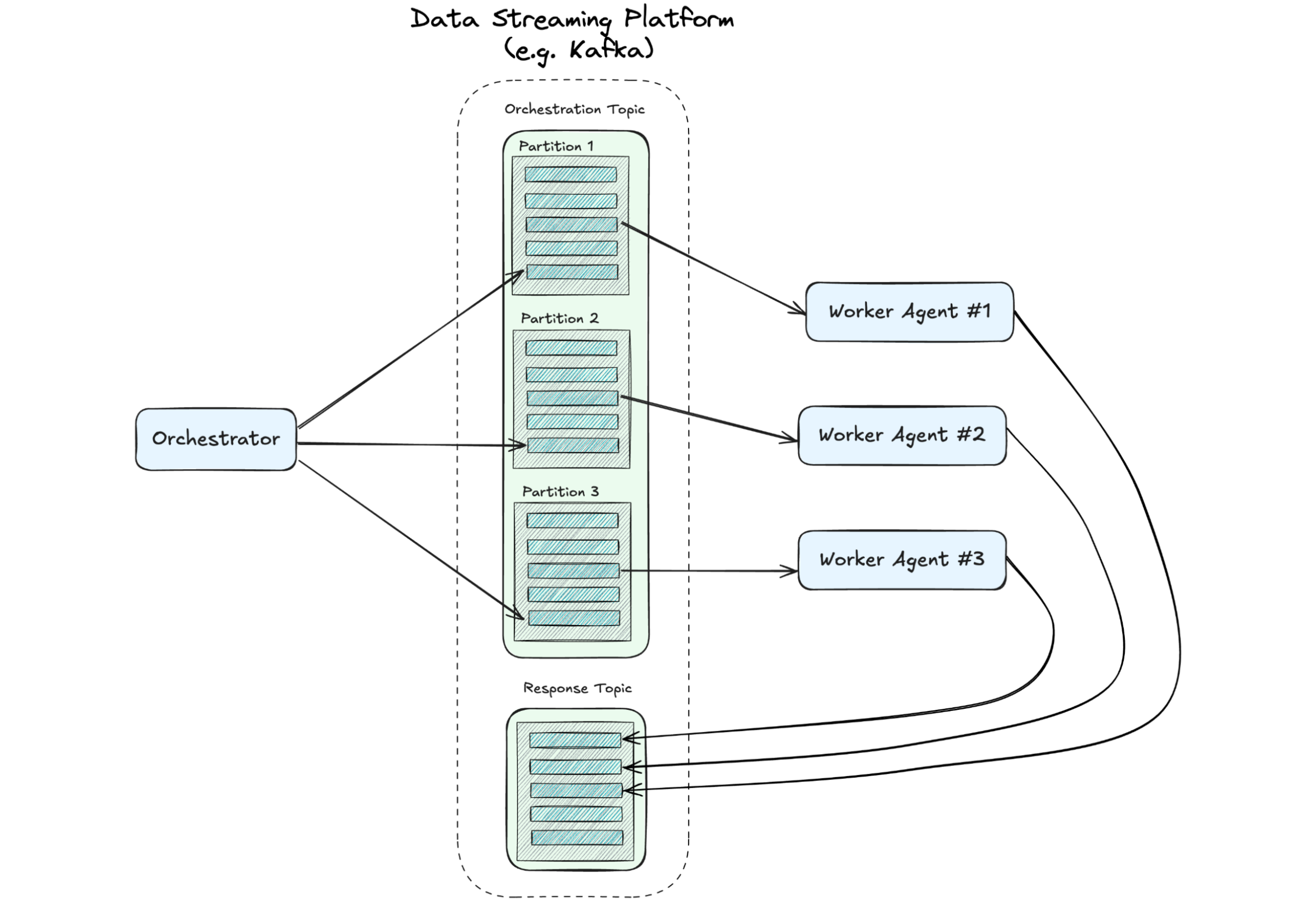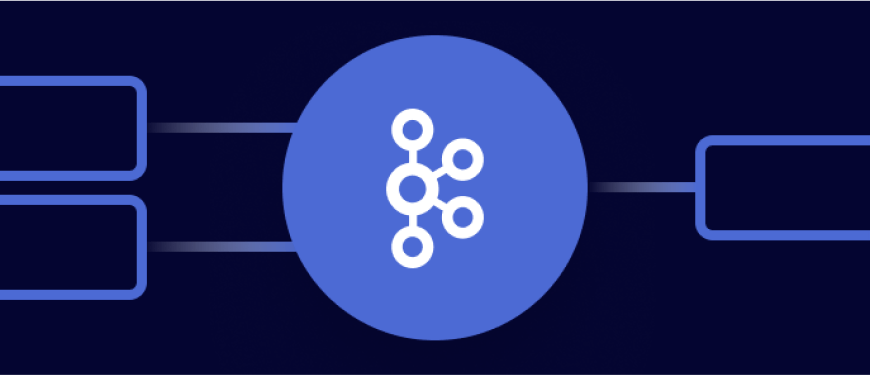Ahorra un 25 % (o incluso más) en tus costes de Kafka | Acepta el reto del ahorro con Kafka de Confluent
Apache Kafka
Data Products, Data Contracts, and Change Data Capture
Change data capture is a popular method to connect database tables to data streams, but it comes with drawbacks. The next evolution of the CDC pattern, first-class data products, provide resilient pipelines that support both real-time and batch processing while isolating upstream systems...
Unlock Cost Savings with Freight Clusters–Now in General Availability
Confluent Cloud Freight clusters are now Generally Available on AWS. In this blog, learn how Freight clusters can save you up to 90% at GBps+ scale.
Unleash Real-Time Agentic AI: Introducing Streaming Agents on Confluent Cloud
Build event-driven agents on Apache Flink® with Streaming Agents on Confluent Cloud—fresh context, MCP tool calling, real-time embeddings, and enterprise governance.
Introducing KIP-848: The Next Generation of the Consumer Rebalance Protocol
Big news! KIP-848, the next-gen Consumer Rebalance Protocol, is now available in Confluent Cloud! This is a major upgrade for your Kafka clusters, offering faster rebalances and improved stability. Our new blog post dives deep into how KIP-848 functions, making it easy to understand the benefits.
How to Query Apache Kafka® Topics With Natural Language
The users who need access to data stored in Apache Kafka® topics aren’t always experts in technologies like Apache Flink® SQL. This blog shows how users can use natural language processing to have their plain-language questions translated into Flink queries with Confluent Cloud.
The Future of AI Agents is Event-Driven
For AI agents to transform enterprises with autonomous problem-solving, adaptive workflows, and scalability, they need event-driven architecture (EDA) powered by streaming data.
Building Streaming Data Pipelines, Part 1: Data Exploration With Tableflow
This blog post demonstrates using Tableflow to easily transform Kafka topics into queryable Iceberg tables. It uses UK Environment Agency sensor data as a data source, and shows how to use Tableflow with standard SQL to explore and understand the data.
Guide to Consumer Offsets: Manual Control, Challenges, and the Innovations of KIP-1094
The guide covers Kafka consumer offsets, the challenges with manual control, and the improvements introduced by KIP-1094. Key enhancements include tracking the next offset and leader epoch accurately. This ensures consistent data processing, better reliability, and performance.
Powering AI Agents with Real-Time Data Using Anthropic’s MCP and Confluent
Model Context Protocol (MCP), introduced by Anthropic, is a new standard that simplifies AI integrations by providing a secure and consistent way to connect AI agents with external tools and data sources…
How To Delete a Topic in Apache Kafka®: A Step-By-Step Guide
Learn how to delete topics in Apache Kafka safely and efficiently. Explore step-by-step instructions, best practices, and important considerations for managing Kafka topics.
A Distributed State of Mind: Event-Driven Multi-Agent Systems
This article explores how event-driven design—a proven approach in microservices—can address the chaos, creating scalable, efficient multi-agent systems. If you’re leading teams toward the future of AI, understanding these patterns is critical. We’ll demonstrate how they can be implemented.
Building High Throughput Apache Kafka Applications with Confluent and Provisioned Mode for AWS Lambda Event Source Mapping (ESM)
Learn how to use the recently launched Provisioned Mode for Lambda’s Kafka ESM to build high throughput Kafka applications with Confluent Cloud’s Kafka platform. This blog also exhibits a sample scenario to activate and test the Provisioned Mode for ESM, and outline best practices.
Queues in Apache Kafka®: Enhancing Message Processing and Scalability
Adding queue support to Kafka opens up a world of new possibilities for users, making Kafka even more versatile. By combining the strengths of traditional queue systems with Kafka’s robust log-based architecture, customers now have a solution that can handle both streaming and queue processing.
Introducing Confluent’s JavaScript Client for Apache Kafka®
Confluent launches the general availability of a new JavaScript client for Apache Kafka®, a fully supported Kafka client for JavaScript and TypeScript programmers in Node.js environments.
Deep Dive into Handling Consumer Fetch Requests: Kafka Producer and Consumer Internals, Part 4
Dive into the inner workings of brokers as they serve data up to a consumer.
Introducing Apache Kafka® 3.9
We are proud to announce the release of Apache Kafka 3.9.0. This is a major release, the final one in the 3.x line. This will also be the final major release to feature the deprecated Apache ZooKeeper® mode. Starting in 4.0 and later, Kafka will always run without ZooKeeper.











